Directions
Annual slaughter of a pig was a special occasion of my Ukrainian childhood. I felt pretty sorry for the creature, but also excitement of the event. There was a ritual and a way that surrounded the slaughter. As one grows up, he or she progressed through the parts in which you allow to participate. As a part of this semi-sacred ordeal, I remember uncle Pylyp pulling a cap from a bucket of still steaming blood near the slaughtered pig on a snowy morning and drinking it to the dismay of the relatives. He was a Baptist deacon and such abhorring behavior was a big “no-no”, but the guy did not care. Pylyp was 15 during the war when his father was taken away and the uncle with my father – he was 14 – suddenly became the head of the large family. After you manage to survive the guessing game of who knocks on your door and asks about your allegiances (Germans, Soviets, collaborators of each regime; UPA or various factions of Ukrainian partisans, soviet partisans, or just bands of criminals who change their flags every week or so) , dealing with scolding glares of dear protestant brethren was not an issue.
The truth is: whenever and wherever human beings raised pigs, they were consuming their blood. Yet, there are some well-known religious restrictions on various grounds. The most common of them is that blood is the soul of the animal. More than probably, these prohibitions have functional roots. Namely, they came from the simple fact that if you consume blood that is no longer steaming or being poached, you might simply die…or at least, have some serious protestation from your stomach, declared in curiously unpleasant forms.
Hence, that’s why when I saw a recipe for Sabadiego in Jeffrey Weiss’ “Charcuteria: The Soul of Spain”, sound reasons kept me away from attempting to reproduce one. A dry-cured, cold-smoked sausage with blood is a risky endeavor. Yet, that picture of darkish, silky “ropes” of sausages from the book is so alluring. At the end, I’ve surrendered to temptation.
Yet, I’ve made some modifications to the recipe:
1) Instead of 200% onions, I’ve used much less – 71%. Nevertheless, even this amount proved to be a challenge.
2) Since there were a lot less (although still over 4 kg) onions, I added only 3% sea salt. Plus, some red wine was introduced to the mixture to get to the “right” texture.
Ingredients: 40% boston butt; 40% jowl, 20% fat. I got 6133gr which constitutes 100% for the further calculations.
Rest: 50% — pork lard; 12 bay leaves (2 per kg), 3 Liters pork blood, 600ml distilled water; 2% minced garlic; 0.25% cure#2; 0.3% dextrose; same – sugar; 2.5% pimenton ducle; 0.2% oregano.
Process – exactly by the book. As a total idiot who stubbornly decided to do it the “authentic” way and dice 4 kg onions by hand, I got a problem. Thanks God, a pair of goggles from garage – kept there from painting the house — save the day.

I’ve cooked the onions on lard with bay leaves for around 45 minutes, let them cool a bit, added blood, and mixed it well, let rest.
Crushed garlic in salt, added to boston butt with fat (half) and jowls (another half); grinded the former on 8mm, the latter on 5mm; made slurry with water, pimenton, and organo; mixed everything together; added T-SPX starting cultures and some red wine. The mixing was done in 35lt pot, which is not an easy job, but fun. I fermented the forcemeat in the pot for a day, then staffed in hog casings and fermented for two more at standard for these cultures temperature and humidity. Then sabadieogo was cold-smoked for 5 days over pecan with hickory and some apple at the end. Placed in the Curing Chamber, the sausages dry-cured for a month and three days.
Contrary to my fears and to the great dismay of my loving wife, I’m still alive! When the dry-curing was over, the texture was not exactly resembling ‘nduja, but close; it could be spread on the bread with some effort. After time, sabadiego became firm just like dried to 42-45% weight loss sausage. As for the taste, I’m not sure how to describe. There is a smoke amber sweetness, the transition of onion, blood, and pimenton into something new. I’ve never tried anything similar. Sabadiego is very good on its own, but much better in stews.
It has been over a year since I’ve made this sabadiego. After some time, I started using it exclusively as an ingredient of various stews, porridges, soups, or just anything-mixed-in-the-skillet. I’d have a slice or two uncooked from time to time without any feared at the beginning consequences. A little of sabadiego goes far; by this time, I still have around 1\3rd of the batch, vacuum sealed and kept in the refrigerator. When they are gone, the journey shall begin again…
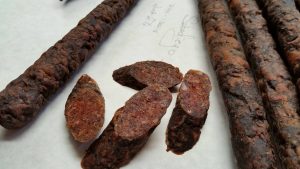
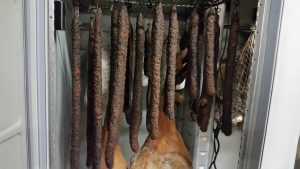
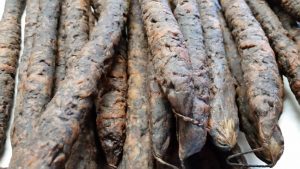


 Русский
Русский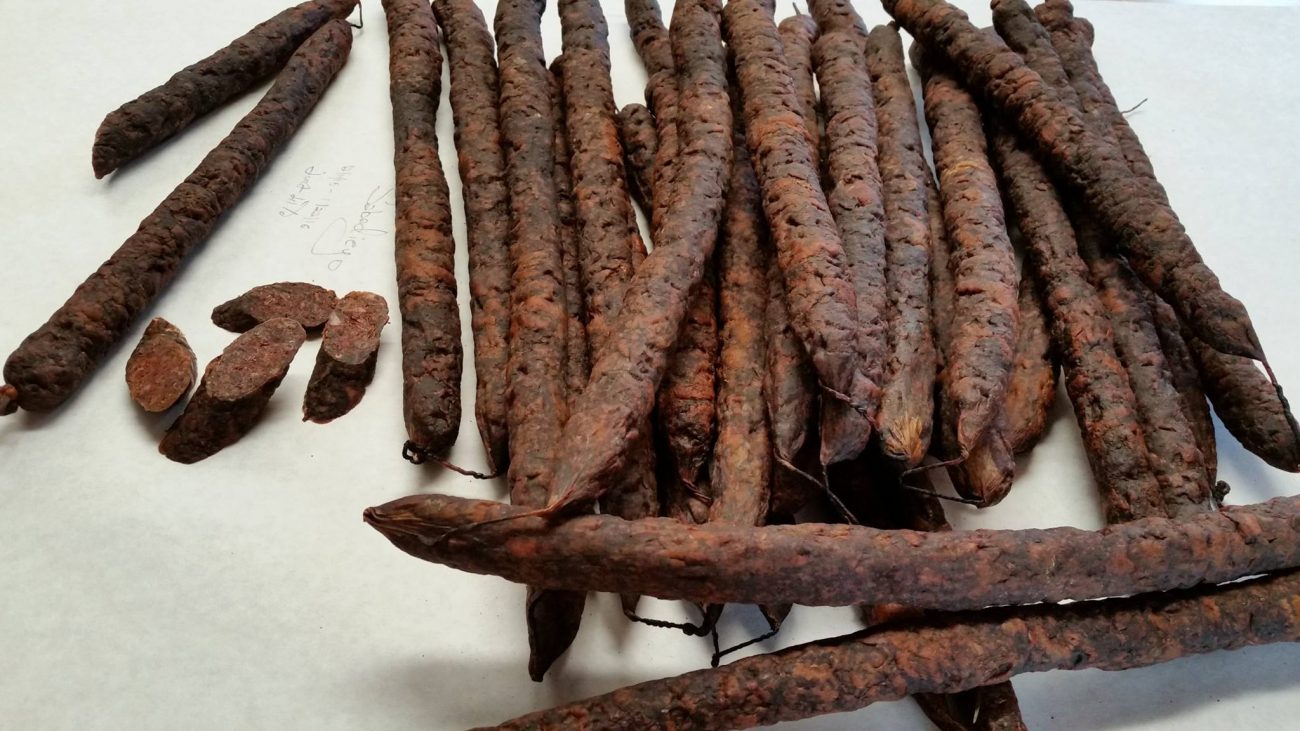




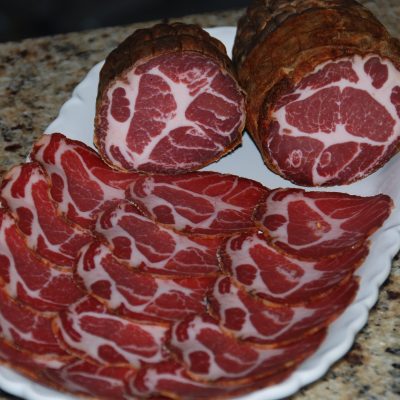
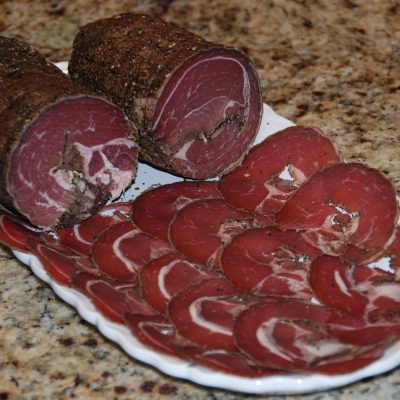
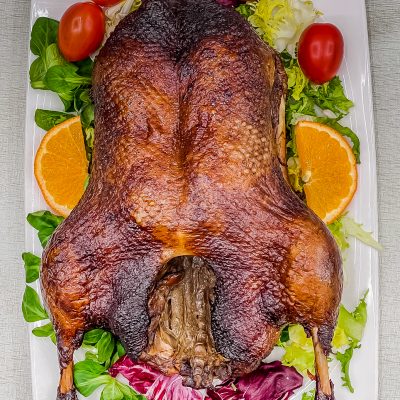
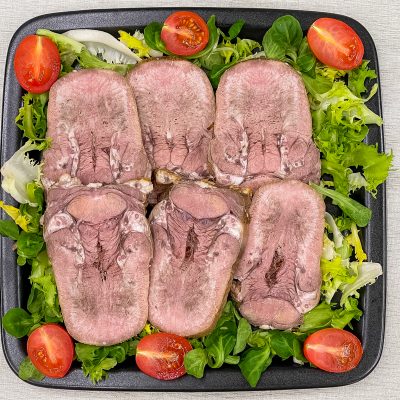
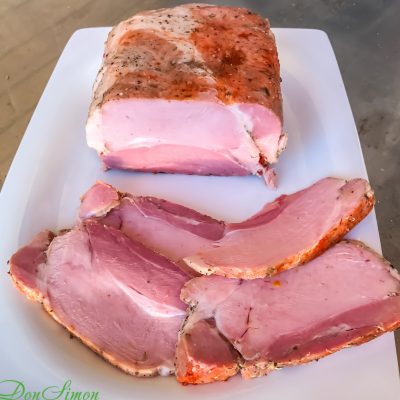
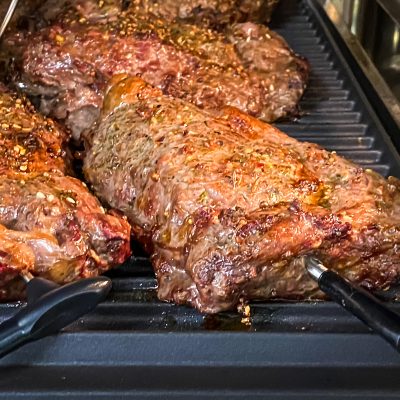
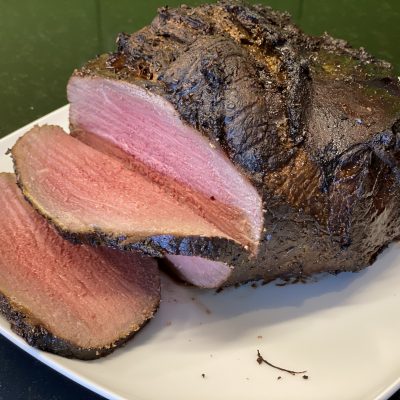
There are no comments yet
Or use one of these social networks